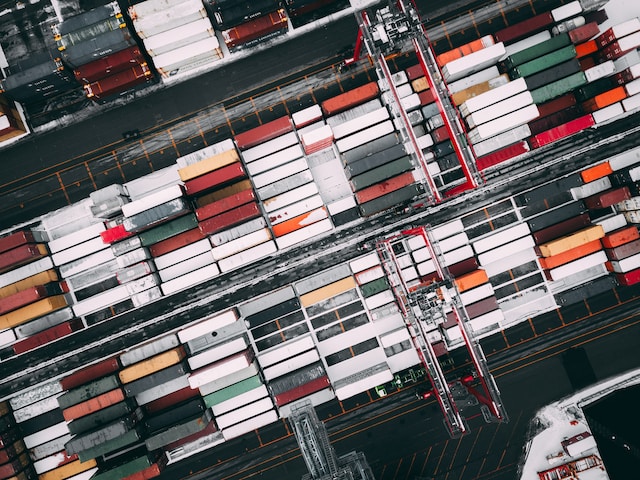Selling goods to the EU after Brexit is tough. It has been since 31 December 2020, the final day that the UK was part of the EU customs union, single market and VAT area.
But it’s not impossible.
You just need to know how customs declarations work, the VAT rules and best practices. So, get a coffee, sit back and let us take you through the most important things to know in this jargon-free article.
Tariffs and rules of origin
According to the UK-EU trade agreement, businesses on both sides of the border can sell goods with zero tariffs as long as the goods meet the rules of origin (RoO).
That’s important to remind ourselves of because, if there were tariffs, your goods would be more expensive for your buyers (tariffs are paid by the buyer, not the seller).
The RoO determines the ‘nationality’ of a good based on where the products and materials used in its production come from. The idea is to make sure you’re not selling goods from a third country to the EU without applying the correct tariff.
To apply the zero-tariff rule, you must demonstrate the origin of your goods. The authorities should say your goods originate from the UK if they were produced here or transported from elsewhere and “significantly transformed” in the country.
To get proof of origin, you can use the Government’s trade tariff tool to check the extract type you need. However, if you’re sending a small consignment — something that does not exceed £135 in value — you’re exempt from the RoU.
EU-UK customs declarations
Since January 2021, the UK has been outside the EU customs union; some exporting businesses need to complete customs declarations as a result. These are documents that detail your goods to ensure everything is above board.
Whether you need to complete a customs declaration for goods depends on your situation: use the Government’s tool to quickly check whether you need to do one. Goods moving directly from Northern Ireland to the EU do not need declarations.
To submit customs declarations, you will need to use software that can submit declarations. To declare exports yourself, you need to (broadly speaking):
- sign up for the customs handling of import and export freight (CHIEF)
- submit your declaration; if you are using the simplified declaration procedure, you need to present your goods to customs before you move them
- include the commodity code in your customs declaration.
Don’t be fooled by that short list — customs declarations can be extremely complex documents that take a lot of time and effort to do. We suggest you always seek assistance from an agent.
VAT rules
Items that you sell into the EU from the UK (except Northern Ireland) are subject to VAT and customs rules and can be sold through the EU import one stop shop (IOSS).
Under this system, any item, regardless of value, sold to the EU is subject to the local rate of VAT and charges in the destination country.
If you’re not using the IOSS, you should complete your customs form as normal and send your item.
You also need to complete a UK tax return, but your items will be zero-rated.
Need help with your exports to the EU? We can help you with selling goods to the EU after Brexit. Talk to us today.
